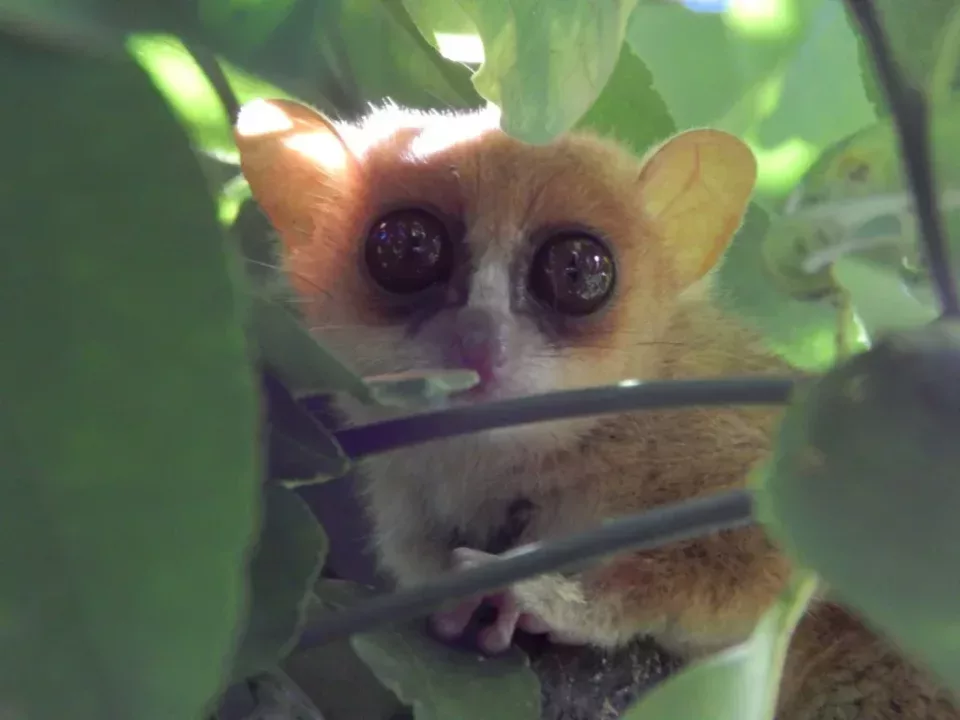Madagascar has named Mangroves de la Baie d’Ambaro as its 21st Wetland of International Importance. This “Ramsar Site” (no. 2438 on the List of Wetlands of International Importance) covers over 54,000 hectares on the north-west coast, in the Mozambique Channel between the Island of Nosy Faly and Port Saint-Louis. The Site is characterized by extensive mangrove stands where the forests meet the shoreline.
The Bay is an important biodiversity area that provides habitat, feeding and reproduction sites to threatened and endemic plants and animals. Of its 99 bird species, 44 are specific to wetlands. Some are threatened, including the critically endangered Madagascar fish eagle Haliaeetus vociferoides and the endangered Madagascar heron Ardea humbloti, Malagasy pond heron Ardeola idae, Madagascar teal Anas bernieri and Van Dam’s vanga Xenopirostris damii.
Other notable species include the threatened lemurs Eulemur macaco, Hapalemur occidentalis and Microcebus sambiranensis, and fish such as the Madagascar sea catfish Arius madagascariensis, the blacktip Sardinella Sardinella melanura and Commerson’s glassy perchlet Ambassis commersoni.
Seven mangrove species have been recorded, with Avicennia marina and Sonneratia alba the most abundant. They play a central role in local livelihoods, contributing to fisheries, agriculture and water provisioning. In addition, the system contributes significantly to carbon sequestration and counters the impacts of climate change by acting as a buffer against rising sea levels, high winds and storms.
Threats to the Site include unplanned urban development and conversion of land for agriculture and housing, logging and wood harvesting, overfishing and overharvesting of other aquatic resources. A management plan, covering part of Ambaro Bay, is in place.
Source Ramsar website

